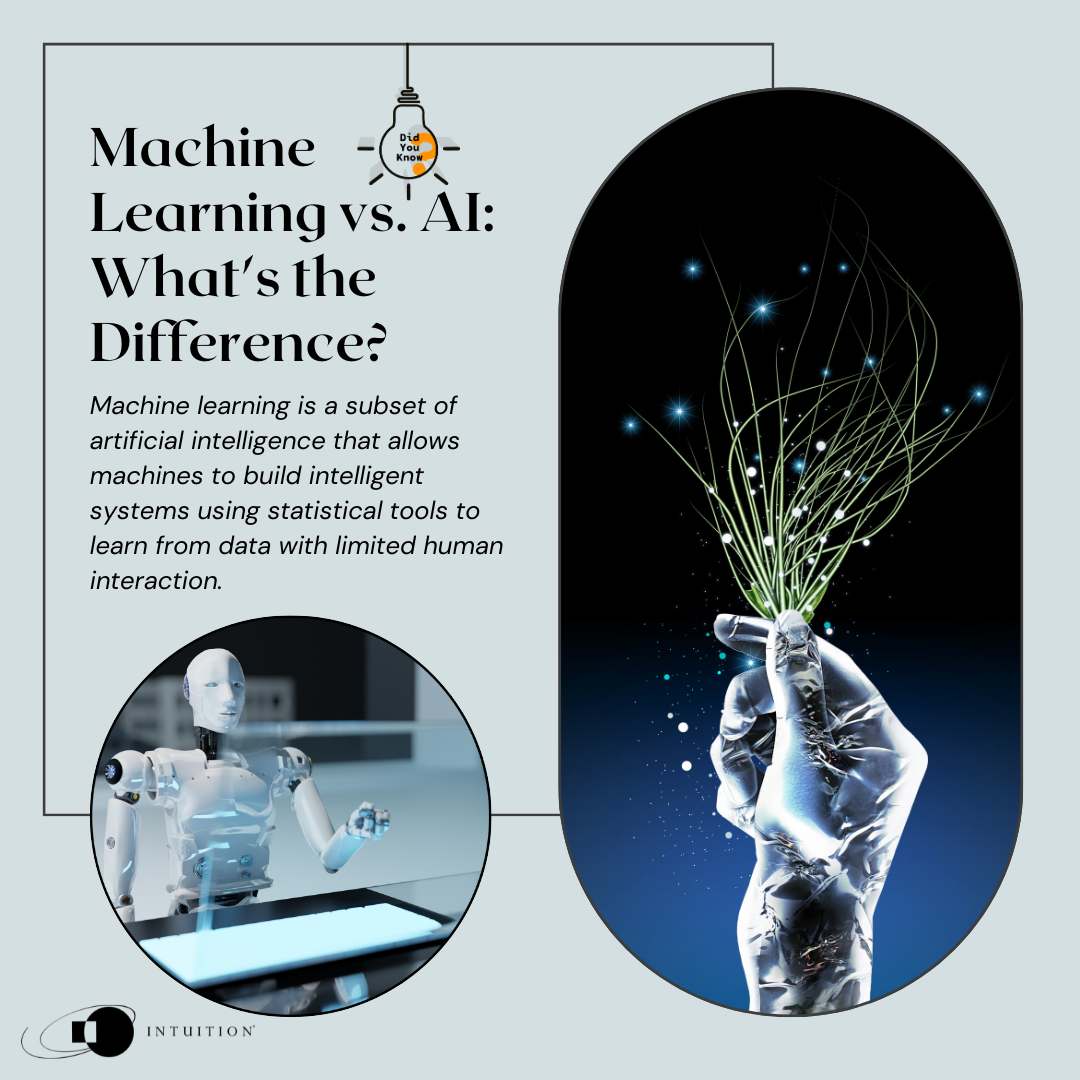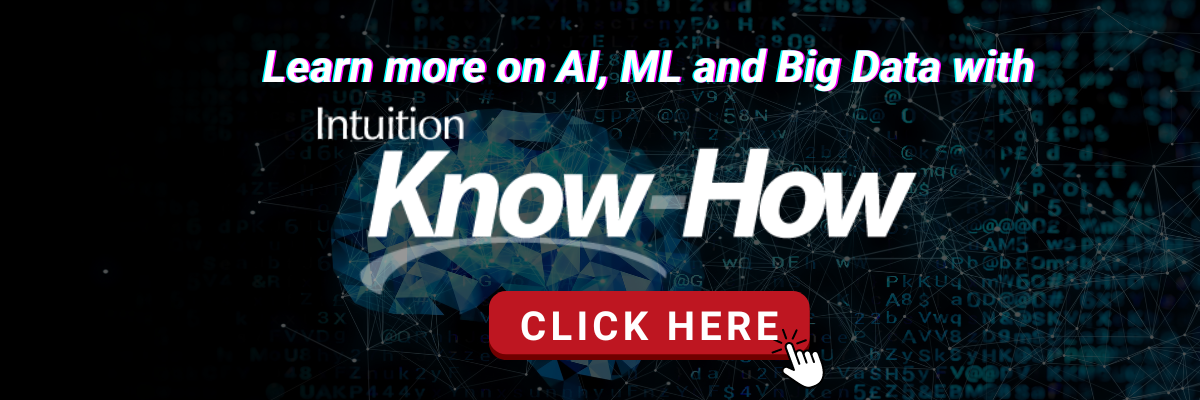What is machine learning (ML)?
In the simplest terms, machine learning (ML) is a subset of the broader field of artificial intelligence (AI).
AI can be defined as the attempt to create machines or software systems that display human-like intelligence.
Originally, most attempts to create AI systems involved the so-called symbolic AI approach – computer scientists attempted to create intelligent systems by programming them with thousands and thousands of specific logic statements. For example, a system designed to evaluate loan applications might involve commands such as: “IF the income of an applicant in category A exceeds threshold X, THEN move the applicant to category B” and “IF the credit score of an applicant in category B exceeds threshold Y, THEN move the applicant to category C” and so on.
Symbolic AI broadly failed, because reality is too complex to be programmed for on a line-by-line basis. Thus, most modern AI systems rely on a new tactic: ML.
ML is an approach to building intelligent systems using statistical tools and techniques that allow machines to “learn” directly from data with limited human interaction. ML relies on Big Data, as ML systems require large volumes of training data to enable systems to learn. As we will see, ML can be divided into two primary categories: supervised machine learning (S-ML) and unsupervised machine learning (U-ML).

Supervised & unsupervised Machine Learning
When working with artificial intelligence systems that use machine learning, the first task is to understand the types of problems they can help with.
To understand what problems machine learning techniques can solve, it is important to understand their limitations.
As we know, it is possible to use mathematics to create models of an aspect of reality.
We can then pass new data through those models to gain insights from the models’ outputs – insights that may enable us to make better decisions, predict behaviors, or classify inputs.
This is exactly what happens in machine learning systems.
Such systems use data to form models of the real world, and users can then ask those models questions.
Generally, machine learning programs can answer two types of question:
- Questions about new data, to be answered by a model calibrated using old data – these questions can be answered by supervised machine learning systems,
- Or questions about the data that was initially used to build the model – these questions can be answered by unsupervised machine learning systems.
In this context, “supervised” means that the machine learning program is trained using a dataset that has been labeled by humans and the resulting model is used to make inferences about another dataset.
“Unsupervised” means that the machine learning program makes inferences about a dataset without any prior labeling by humans.
In practice, most real machine learning problems involve the use of both types.
Test Yourself: Answer the Question Below –
Supervised ML models
S-ML models use data to train a system and then ask the system to look at new data and make a decision about it. There are two types of possible output:
Classification: For example, “This image is/is not a picture of a cat.”
Regression: “The final value of the stock is best modeled by this function of other inputs.”
The best way to understand classification S-ML is to imagine writing a classification program using traditional techniques and then expanding that to running the same problem using S-ML techniques.
Therefore, we will look at an example based on loan application analysis.
Unsupervised ML
In the simplest terms, unsupervised machine learning (U-ML) aims to discover structure in data in order to make that data useful.
A nationwide retailer may, for example, have a dataset with records of every purchase made in every store in the country. It may want to use this information to guide its inventory management process.
However, the pool of data is large and unlabeled – the company doesn’t know what set of data offers a helpful “buy more of x” signal, for example. Therefore, the company will struggle to see if there are patterns or any actions it can take to improve business without processing and analyzing that large pool of data in some way. U-ML can be used to find patterns and themes within the data that may, ultimately, help guide real-world decisions (or even, in some cases, label unlabeled data).
U-ML can, therefore, be defined as the process used to generate actionable information from large sets of unlabeled data.
[How computers add value to business: Modeling & Decision-making]
Types of u-ml
There are two main sub-branches of U- ML:
Cluster analysis aims to find commonalities within a dataset and “cluster” the data so that a very large dataset can be reduced to a smaller set of clusters that share some common attributes. This means we can create a model of the world into which our data is clustered and treat all the data that falls in one cluster in the same way.
Dimension reduction aims to take large datasets with many variables and create a new set of variables – a much lower number of them – that explains the variability in the data as fully as possible.


